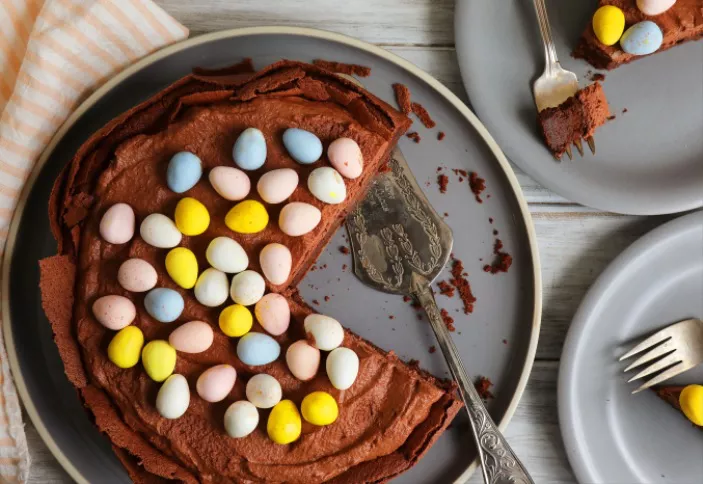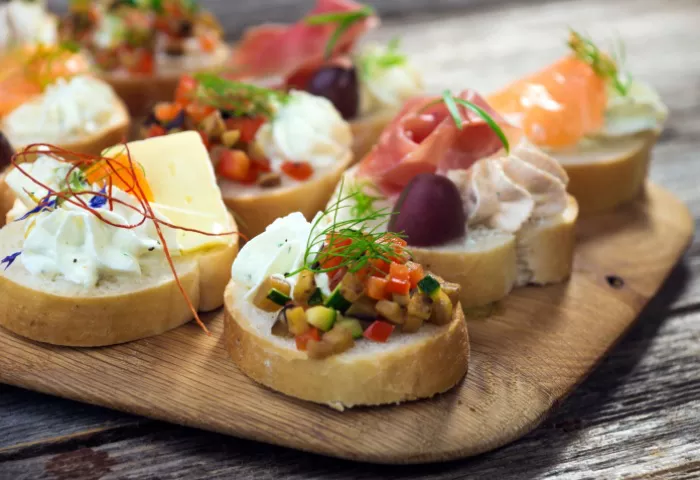Easter Sunday, a day celebrated by millions around the world, is not only a religious holiday but also a time for families and communities to come together. Central to this celebration is the Easter Sunday meal, a culinary tradition steeped in history and cultural significance. In this article, we delve into the traditions and flavors that make up this cherished meal, exploring its diverse dishes, recipes, and cultural variations.
Embracing Tradition and Culture
Easter, one of the most significant Christian holidays, commemorates the resurrection of Jesus Christ. It is a time of renewal, hope, and joy, marked by various traditions and rituals. One such tradition is the Easter Sunday meal, which holds deep symbolic meaning and serves as a focal point for gatherings and festivities.
Dating back centuries, Easter celebrations have been intertwined with food, reflecting the agricultural rhythms of the season and religious symbolism. Across cultures, the Easter Sunday meal is a time-honored tradition, bringing families together to share in the bounty of the season and rejoice in the spirit of Easter.
Traditional Dishes: Honoring Symbolism and Flavor
1. Lamb: Among the most iconic Easter dishes is lamb, symbolizing the sacrifice of Jesus Christ in Christian tradition. Roasted lamb, with its succulent flavors and tender meat, is a popular choice for Easter Sunday dinners. Whether roasted whole or prepared as a stew, lamb takes center stage on the Easter table, embodying the spirit of renewal and redemption.
2. Ham: While lamb is traditional in many cultures, ham takes precedence in others, particularly in Western countries like the United States and United Kingdom. Glazed ham, with its sweet and savory flavors, is a staple of Easter feasts, often served alongside classic accompaniments like scalloped potatoes and green beans. The tradition of serving ham on Easter can be traced back to pre-Christian times when pigs were slaughtered in the spring as a way to preserve meat for the coming year.
3. Eggs: Eggs, with their association with fertility and rebirth, have long been a symbol of Easter. Boiled eggs dyed in vibrant colors are a common sight during Easter celebrations, symbolizing new life and the resurrection. In addition to their decorative use, eggs feature prominently in Easter dishes, from deviled eggs to egg salad sandwiches, adding richness and flavor to the meal.
4. Bread: Easter breads, such as hot cross buns, hold special significance in many cultures, symbolizing the crucifixion of Jesus Christ. These sweet, spiced buns, adorned with a cross on top, are traditionally eaten on Good Friday and throughout the Easter season, serving as a reminder of the religious significance of the holiday.
5. Other Delicacies: Alongside the main dishes, Easter meals often feature an array of side dishes and delicacies, varying depending on regional traditions and personal preferences. From fresh spring salads to hearty vegetable casseroles, these dishes complement the main course and add depth to the Easter feast.
Recipes and Menu Ideas: From Classic to Contemporary
For those looking to create a memorable Easter Sunday meal, here are a few recipes and menu ideas to inspire your culinary endeavors:
1. Classic Roast Lamb:
- Ingredients: Leg of lamb, garlic, rosemary, olive oil, salt, pepper.
- Method: Rub lamb with garlic, rosemary, olive oil, salt, and pepper. Roast in the oven until cooked to desired doneness.
2. Glazed Easter Ham:
- Ingredients: Ham, brown sugar, honey, Dijon mustard, cloves.
- Method: Score ham and stud with cloves. Mix brown sugar, honey, and mustard to make glaze. Bake ham, basting with glaze until caramelized.
3. Deviled Eggs:
- Ingredients: Hard-boiled eggs, mayonnaise, mustard, paprika, chives.
- Method: Halve eggs and remove yolks. Mix yolks with mayo, mustard, and spices. Pipe mixture back into egg whites.
4. Hot Cross Buns:
- Ingredients: Flour, sugar, yeast, spices, currants, icing.
- Method: Make dough, let rise, then shape into buns. Pipe crosses on top with icing. Bake until golden brown.
5. Sample Menu:
- Appetizer: Deviled eggs
- Main Course: Roast lamb or glazed ham
- Side Dishes: Scalloped potatoes, green beans almondine
- Dessert: Hot cross buns with lemon curd
Meal Planning Tips: When planning your Easter meal, consider the dietary preferences and restrictions of your guests. Offer a variety of dishes to accommodate different tastes, and don’t forget to include plenty of fresh spring produce to celebrate the season.
Cultural Variations: Celebrating Diversity
Across the globe, Easter Sunday meals vary widely, reflecting the diverse cultures and traditions of different regions. In Greece, for example, Easter feasts often feature spit-roasted lamb, seasoned with garlic and herbs, served alongside traditional dishes like spanakopita and tzatziki. In Italy, Easter meals may include dishes like lasagna or roasted lamb, accompanied by Easter breads like colomba di Pasqua.
In the Philippines, a predominantly Catholic country, Easter is celebrated with a variety of traditional dishes, including lechon (roast pig), pancit (noodle dish), and bibingka (rice cake). In Poland, Easter Sunday breakfast is a festive affair, featuring dishes like żurek (sour rye soup), kielbasa (sausage), and babka (sweet bread).
Conclusion
In conclusion, Easter Sunday meals are more than just a culinary tradition—they are a celebration of faith, family, and community. Whether you’re enjoying a classic roast lamb with loved ones or savoring the flavors of a cultural delicacy, Easter meals bring people together in joyous fellowship.
As you prepare to celebrate Easter this year, I encourage you to embrace the traditions and flavors that make this holiday special. Share your own family recipes and traditions with others, and take the time to savor each moment spent gathered around the table.
For more Easter recipes and inspiration, visit our website and join us in celebrating the joy of the season. Happy Easter!
Related Topics:


























